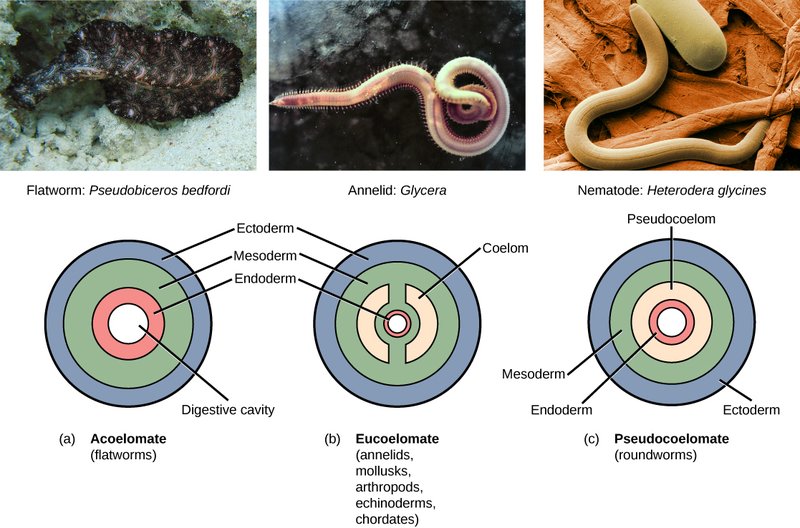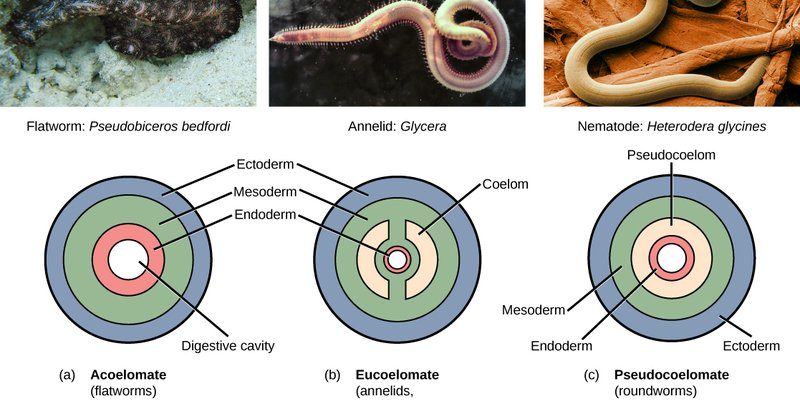
So, why does it matter to know the differences between ribbon worms and flatworms? Well, understanding these creatures can give us insight into ecosystems, evolution, and even biology as a whole. Whether you’re a curious nature lover or just want to impress your friends with some cool facts, knowing about these unique worms is a great conversation starter. Let’s take a closer look at what makes these two types of worms unique!
What Are Ribbon Worms?
Ribbon worms, also known as *Nemertea*, are a group of marine worms that can be found in oceans all over the world. They’re known for their long, flat bodies that can stretch to impressive lengths, some even reaching up to thirty feet! Honestly, it’s like they’re nature’s version of spaghetti. They combine elegance with a touch of eeriness.
These worms are unique because they possess a special organ called a proboscis, which they use to capture prey. Imagine a straw that suddenly shoots out to grab food! This feature allows ribbon worms to feast on everything from small fish to other worms. They’re flexible predators, which makes them fascinating to observe, especially for marine biologists.
Interestingly, ribbon worms can also regenerate body parts, meaning if they lose a segment, they can regrow it. This ability is similar to how some lizards can regrow their tails, making ribbon worms an intriguing study subject in regeneration research.
What Are Flatworms?
Flatworms, on the other hand, belong to the phylum *Platyhelminthes*. These worms are also flat-bodied but are usually much smaller than ribbon worms, often just a few inches long. You might run into them in freshwater lakes, oceans, and even damp soil. Picture a tiny, squished-out worm, and you’ve got a flatworm.
Flatworms are fascinating creatures that come in two main types: free-living and parasitic. Free-living flatworms, like the common planarian, are harmless and often found swimming in ponds. Parasitic flatworms, such as tapeworms, can live inside other animals and may cause various health issues. The difference between these two types is a bit like comparing a cute puppy to a pesky flea.
One of the most remarkable traits of flatworms is their ability to regenerate, just like ribbon worms. They can regrow lost parts, including their head! Flatworms have been studied extensively for their regenerative abilities, helping scientists understand more about cell growth and development.
Key Physical Differences
You might be wondering what the most striking differences are between ribbon worms and flatworms. Here’s a little breakdown:
- Body Shape: Ribbon worms have long, cylindrical bodies, while flatworms are, as the name suggests, flat and often a bit squished.
- Length: Ribbon worms can be very long, often several feet, whereas flatworms are typically much shorter—most rarely exceed a few inches.
- Body Structure: Ribbon worms have a complex body structure, including a central cavity, while flatworms have a simpler design without a body cavity.
These physical differences can help you identify each type of worm when you see them. If you come across a long, slender worm in the water, there’s a good chance you’re looking at a ribbon worm. But if you spot something more disk-like and compact, it’s likely a flatworm!
Habitat and Distribution
Both ribbon worms and flatworms can be found in various habitats, but they have different preferences. Ribbon worms are predominantly marine creatures, thriving in saltwater environments. They often like to hide in seaweed or under rocks on the ocean floor—so think of them as the shy artists of the sea.
Flatworms, however, are more versatile. They can thrive in freshwater, saltwater, and even damp terrestrial environments. You might find them lurking in the mud of marshes or even on the damp surface of a leaf. Their adaptability allows them to occupy a broader range of habitats, making them a bit like the jack-of-all-trades in the worm world.
This difference in habitat is significant because it affects how they interact with their surroundings and what roles they play in their ecosystems. Ribbon worms contribute to marine ecosystems, while flatworms can affect both land and water environments.
Feeding Mechanisms
Let’s talk about how these two types of worms eat, which is a big part of their biology. Ribbon worms are predators. They rely on their proboscis to catch prey, which gives them a significant advantage in the food chain. As you might imagine, they’re pretty good at it! Their diet mainly consists of smaller marine species, which they can snatch up quickly.
Flatworms can be either predators or scavengers, depending on their type. Free-living flatworms hunt for tiny organisms in their environment, while parasitic flatworms (like tapeworms) attach themselves to larger hosts and absorb nutrients directly from them. This makes them somewhat opportunistic feeders, ready to take advantage of whatever food source is available.
Understanding their feeding mechanisms helps us appreciate the roles they play in their respective ecosystems. Ribbon worms help control the population of smaller species, while flatworms can significantly impact their hosts’ health.
Reproductive Strategies
Reproduction in ribbon worms and flatworms is another interesting area where they differ significantly. Ribbon worms can reproduce both sexually and asexually. In the sexual mode, they have separate sexes, and their mating rituals can involve some fascinating behaviors, like intertwining their bodies.
Flatworms also have unique reproductive strategies. Most flatworms are hermaphrodites, meaning they have both male and female reproductive organs. This allows them to mate with any other flatworm they encounter, increasing their chances of reproduction. Some species can also reproduce asexually through fission, where the worm splits into two and each half regenerates into a new worm.
These diverse reproductive strategies reflect their adaptability and survival skills in various environments.
So, what’s the takeaway from all this worm talk? Understanding the differences between ribbon worms and flatworms is about more than just learning facts. It’s about appreciating the complexity of life on our planet. These creatures contribute to their ecosystems in unique ways, playing essential roles whether they’re in water or on land.
Whether you’re a budding biologist or just the curious type, knowing the ins and outs of ribbon worms and flatworms can enrich your understanding of nature. Next time you’re exploring the great outdoors or even just scrolling through pictures online, you can impress your friends with your newfound knowledge of these fascinating organisms.
And who knows? Maybe you’ll come across one in the wild. If you do, you’ll now have a much better idea of what you’re looking at!

